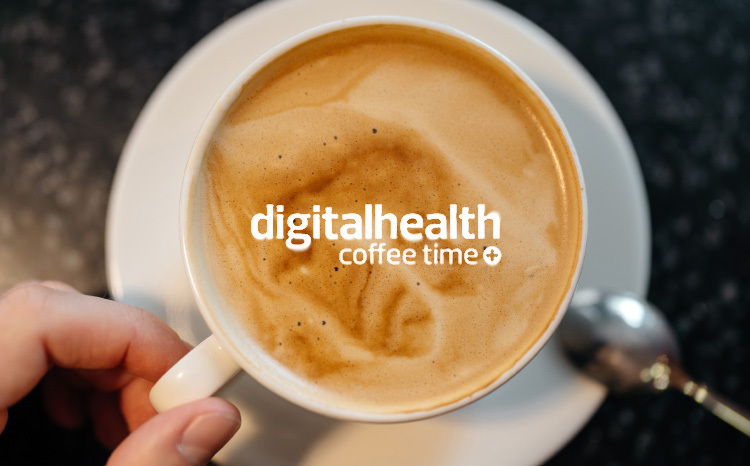Emis gives pharmacists GP record access
- 2 June 2014

Emis has launched new software to enable more than 2,500 community pharmacies to view patients’ electronic GP records, following a push from pharmacists for better access to clinical information.
The GP record viewer software will allow information to be exchanged between the Emis Web GP system and Rx Systems’ ProScript pharmacy system.
The software will provide more than 2,500 pharmacies with access to clinical information from electronic medical records at more than 3,300 GP practices.
Pharmacists will be able to see a summary of information from a patient’s Emis Web record, covering medications, allergies and other data. This should help with dispensing and monitoring.
Shanel Raichura, director of pharmacy at Rx Systems, which is part of the Emis Group, told EHI Primary Care the company has been working on the software for the last 12 months; speaking to GPs and pharmacists to understand what information they need and are willing to share.
Raichura said the software is meant to provide necessary information to pharmacist as their focus changes from “bread and butter” dispensing to a more clinical-based role.
“At the moment, pharmacists work in isolation: they don’t have a holistic view of the patient, they’re just dispensing medicines or providing advice based on what they have in front of them.”
He said there are a number of safeguards to protect patient confidentiality, with pharmacists only able to view the patient information via an NHS SmartCard with the correct access levels.
Patients are also required to sign a consent form explaining the service and what information will be displayed, which is then entered into the system.
The announcement comes shortly after community pharmacist Sultan Dajani, who sits on the Royal Pharmaceutical Society’s English Pharmacy Board, highlighted the fact that pharmacists do not have access to the NHS Summary Care Record containing information such as a patient’s medicines and allergies.
“We basically work in an information vacuum. As a community pharmacist, and member of the third largest health profession, I find it absolutely bizarre that we don’t already have some form of access, given the shared liability that exists on prescriptions already,” Dajani told a conference in April.
The GP record viewer software was originally piloted in 2013 with five pharmacies and four GP practices. One of those practices is the Project Surgery in Plaistow, East London. Dr Farzana Hussain, who is a partner at the practice, said it has helped improve communication between the practice and local pharmacists.
“With repeat dispensing under electronic prescribing, we can give patients six months’ supply of medication at a time. The pharmacists let us know if they are not picking it up, and we can call patients in and deal with adherence problems,” she said.
“Pharmacists can gauge whether preventative treatment needs to be stepped up by the number of treatment inhalers the patient is requesting.”
It is initially being offered to 1,500 Rowlands and Numark pharmacies, which cover about 25% of the market, before expanding to cover 2,500 pharmacies that use ProScript.
Raichura said that if the roll-out is a success, the software could expand to provide more information from GP records, including details on a patient’s medical condition, their cholesterol levels and other relevant tests.
“The key thing is that we’re taking very small steps, we’re not going into it all guns blazing because we want to see how the market reacts to it.”
NHS England has said giving pharmacists access to the SCR is not an immediate priority, although it is considering a pilot to provide access.





